








The project SYNERGY was the planning and realisation of an artistic artbook for the exploration and visualisation of a setting for a fictional video game production.
During the realisation of this project I mainly used various 3D-workflows for the creation of illustrations and potential game assets.
Synergy plays in the fictitious West African cosmopolitan “Dagbi”, city sprawling with technological wonders and supernatural magic.
Large corporations and monopolies are regarded here as eternal, immortal entities that rule this metropolis and its people.
3D-Modelling Concept Art Worldbuilding
Client Bachelor Thesis
Year 2019 - 20


Dagbi - the main location of SYNERGY




Process

In the world of SYNERGY. mega-corporations dominate nations and control almost every aspect of public and private life. Who's on top of the food chain clearly reflects in the finesse and appearance of the people’s body modifications and augments. Style is substance.























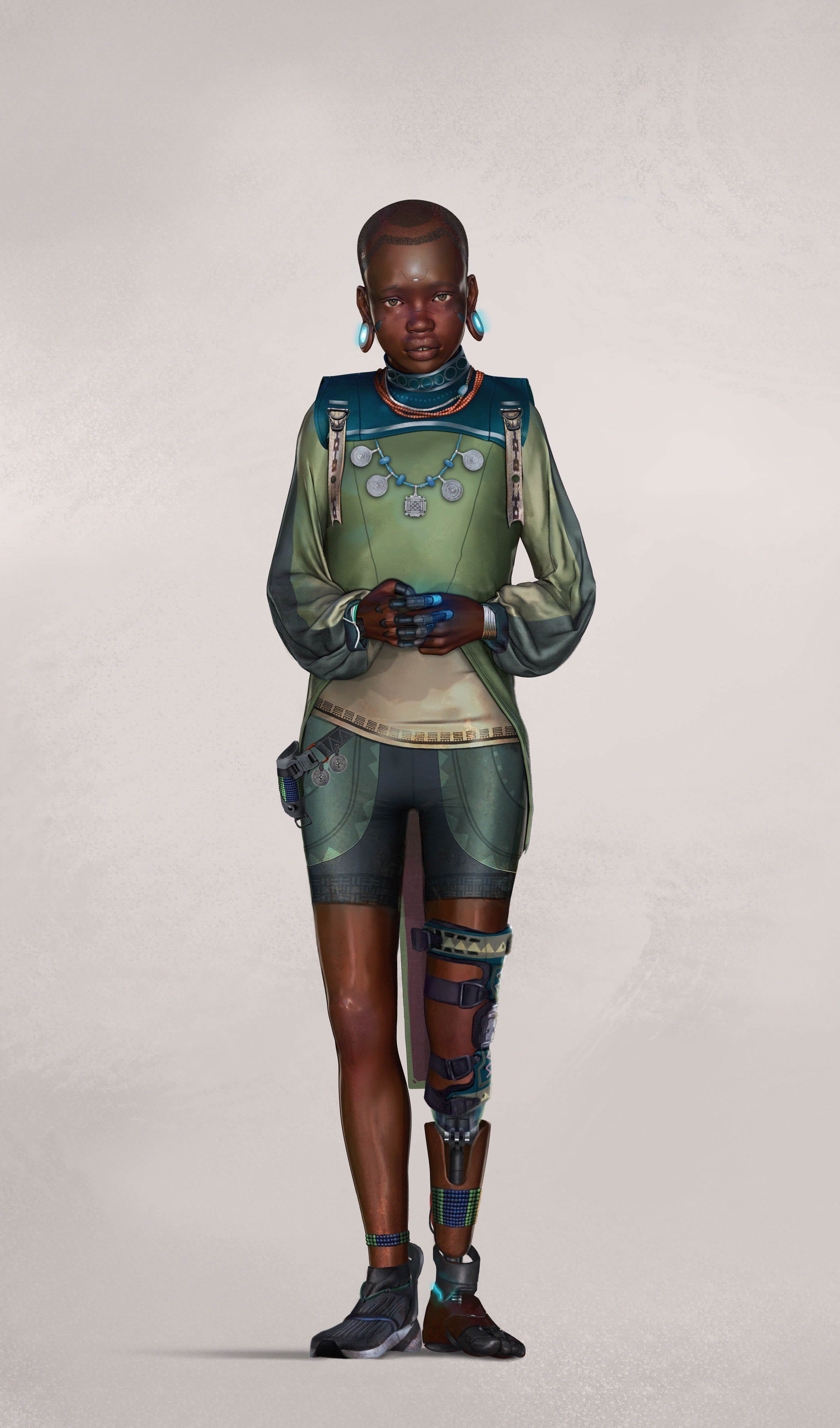


Hair Concepts

After Awotwi left the IGATI shaman program, not much was officially known about them anymore. Allegedly they were in contact with several criminal cells that plotted against some of Dagbis largest companies.






Extensive rituals are held for the aspiring shamans. These are observed by the master shamans as well as various sponsors and high ranking figures of Dagbi. The latter often already scout the aspiring shamans for their business ventures and political interests.
The ritual of initiation is held in an ancient site upgraded and newly funded by these companies.

Ritual Kraal




First Blockouts for potential Ritual Kraals






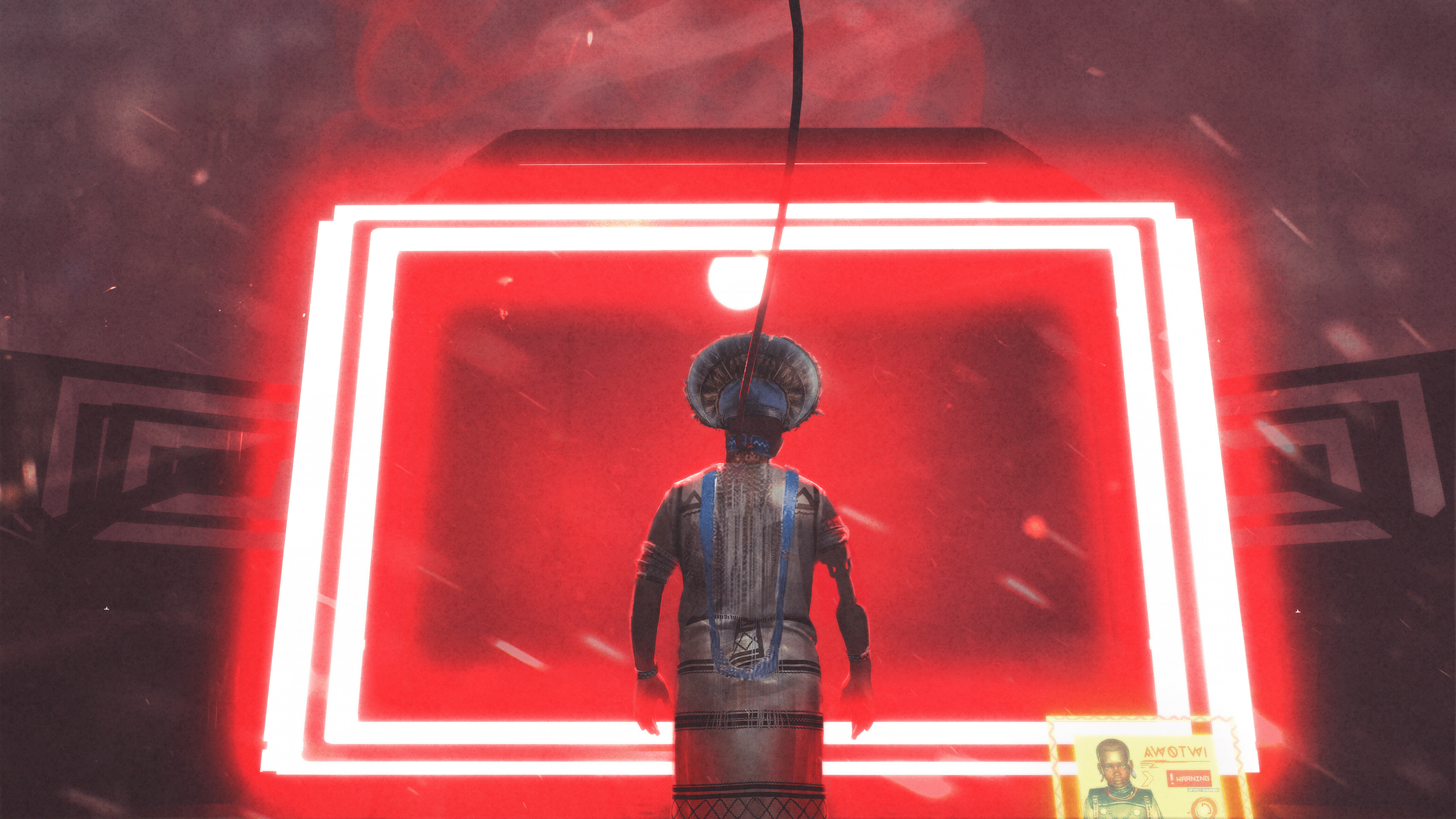
In the initation the aspiring shamans are to make first contact with the spirit world, for this purpose so called “Spirit Boxes” are employed that document and facilitate that process.

In these commercial ritual sites protégés are to make contact with the spirit world.
For this purpose day in fact it with the disease. Instead of using the knowledge of medicine and herbs the students have to rely on the help of a spirit. In the end the connection between the spirit and the initiate determine the protégé’s rfuture magical abilities.
Because of the nature of this ritual and the unpredicatbility of spirits the success rate of the ceremony is generally really low.


STORYBEATS


Ritual chairs are mostly used to upgrade shamans and initiates and oftentimes a part of various initiation rituals. Their function range from adding new protective scars, exchanging body modifications to administering temporary stimulants to strengthen the shaman.
Especially nervous or students that seem not as promising oftentimes have to face this contraption right at the start of the Spirit Ritual.




![]()
![]()
Next to the corporeal world there is the dimension of spirits.
This dimension is only visible to a few people with a special connection to the spirit world.
![]()
![]()
![]()
![]()
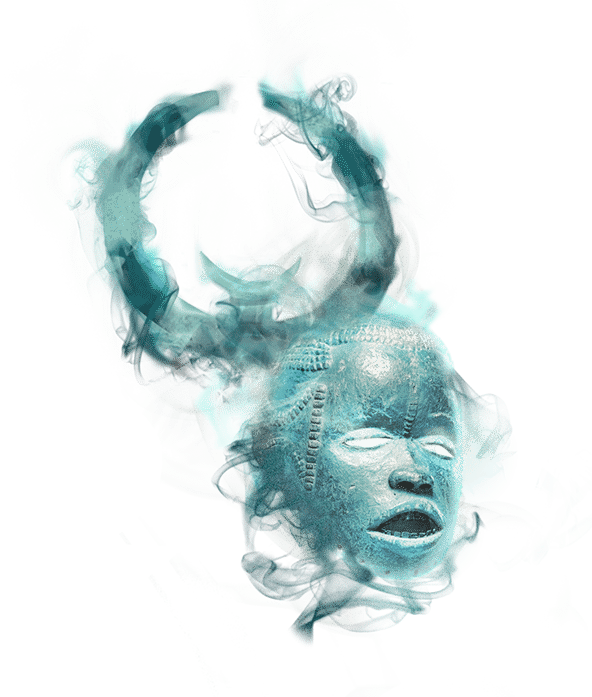

Next to the corporeal world there is the dimension of spirits.
This dimension is only visible to a few people with a special connection to the spirit world.



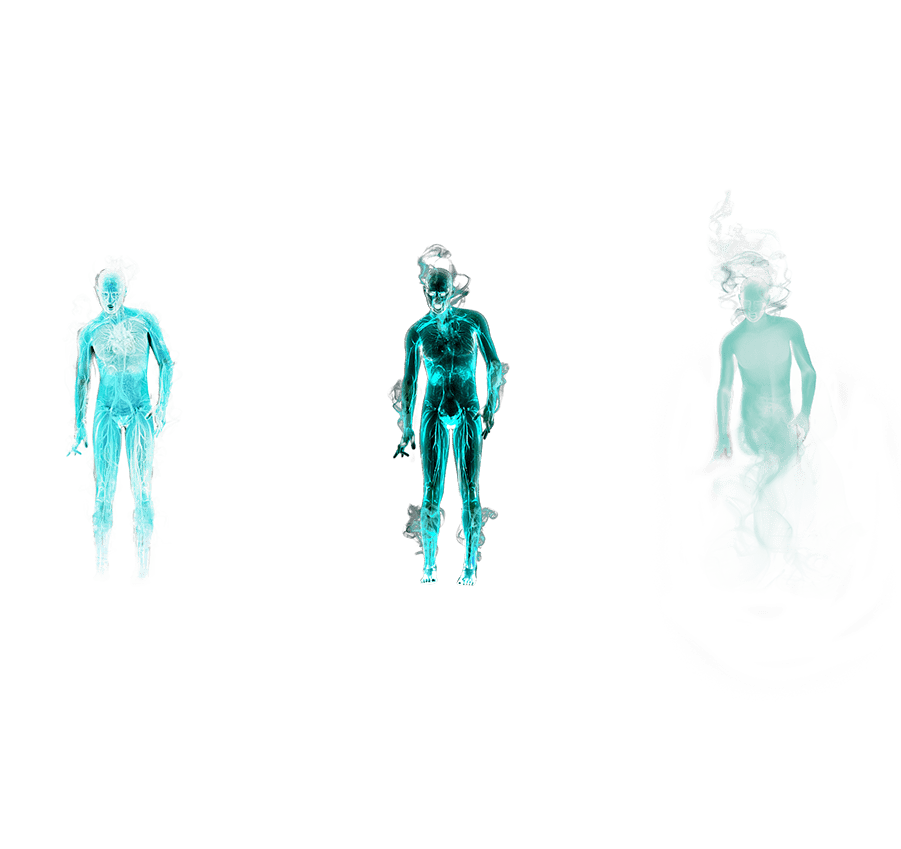
Basic / “Weak” Spirits

![]() More powerful spirits often resemble artifacts and can even switch between different corporal forms to a limited extent. Different appearances give and take various offensive and defensive abilities.
More powerful spirits often resemble artifacts and can even switch between different corporal forms to a limited extent. Different appearances give and take various offensive and defensive abilities.
![]()
![]()
![]()
![]()
![]()
![]()
![]()
![]()
![]()
![]()
 More powerful spirits often resemble artifacts and can even switch between different corporal forms to a limited extent. Different appearances give and take various offensive and defensive abilities.
More powerful spirits often resemble artifacts and can even switch between different corporal forms to a limited extent. Different appearances give and take various offensive and defensive abilities.










![]()
![]()
![]()
![]()
During the course of day spirits will undergo a lot changes in their appearance and power, for example more of the spirit being visible and vulnerable during the day.



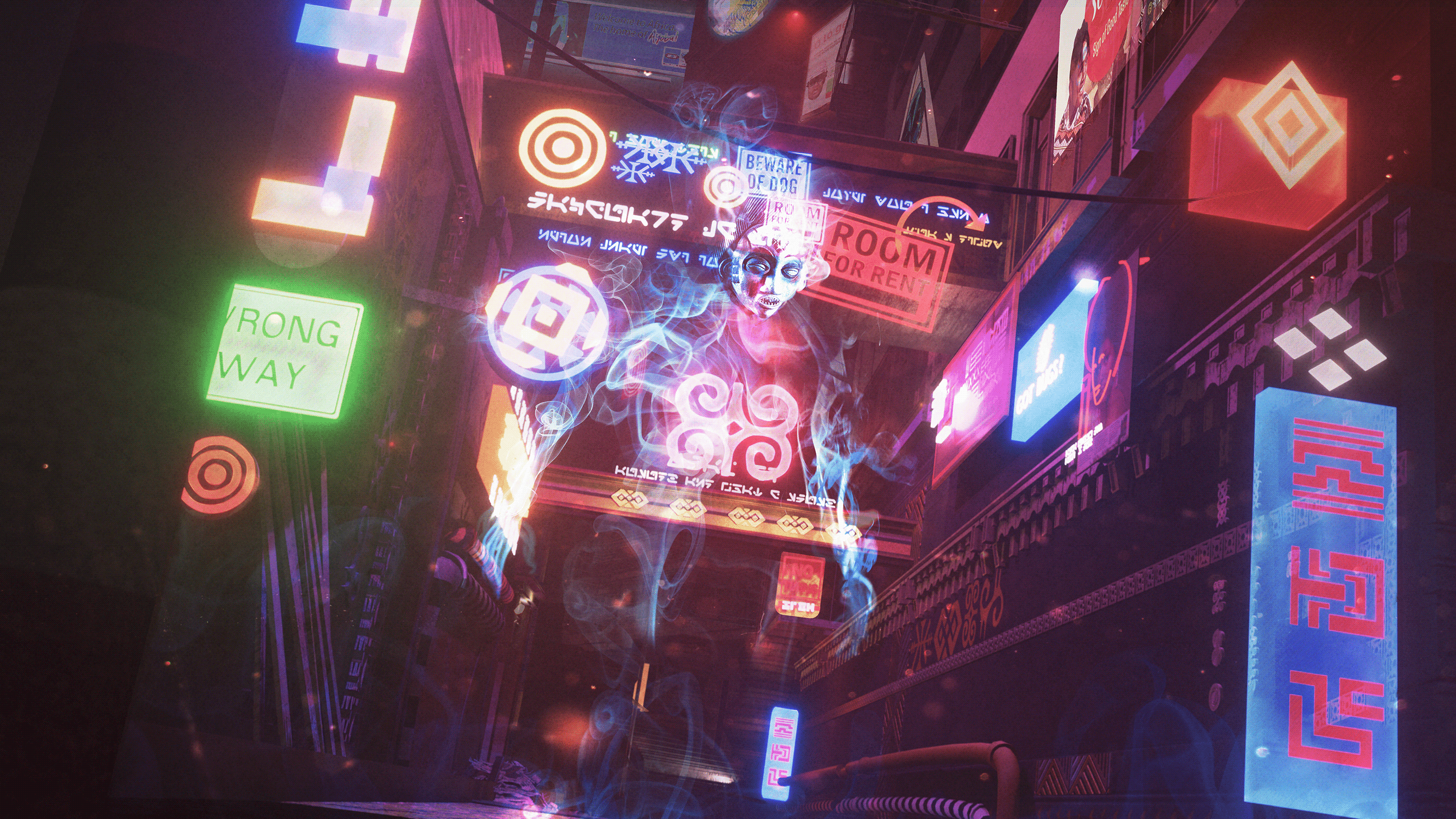

With the help of various augments, like the holographic mask, shamans can analyze spirits and their environment.



Through bodymodifications the holographic mask can be activated.


What is particularly dangerous about ghosts is their ability to take hold of people as well as objects.
To the naked eye, a possessed subject may only look a little sickly, in reality, however, the person finds himself as the puppet of a specter.
Persons familiar with the occult, in contrast, recognize the various stages of demonic possession and their implications.





Stages of Possession


